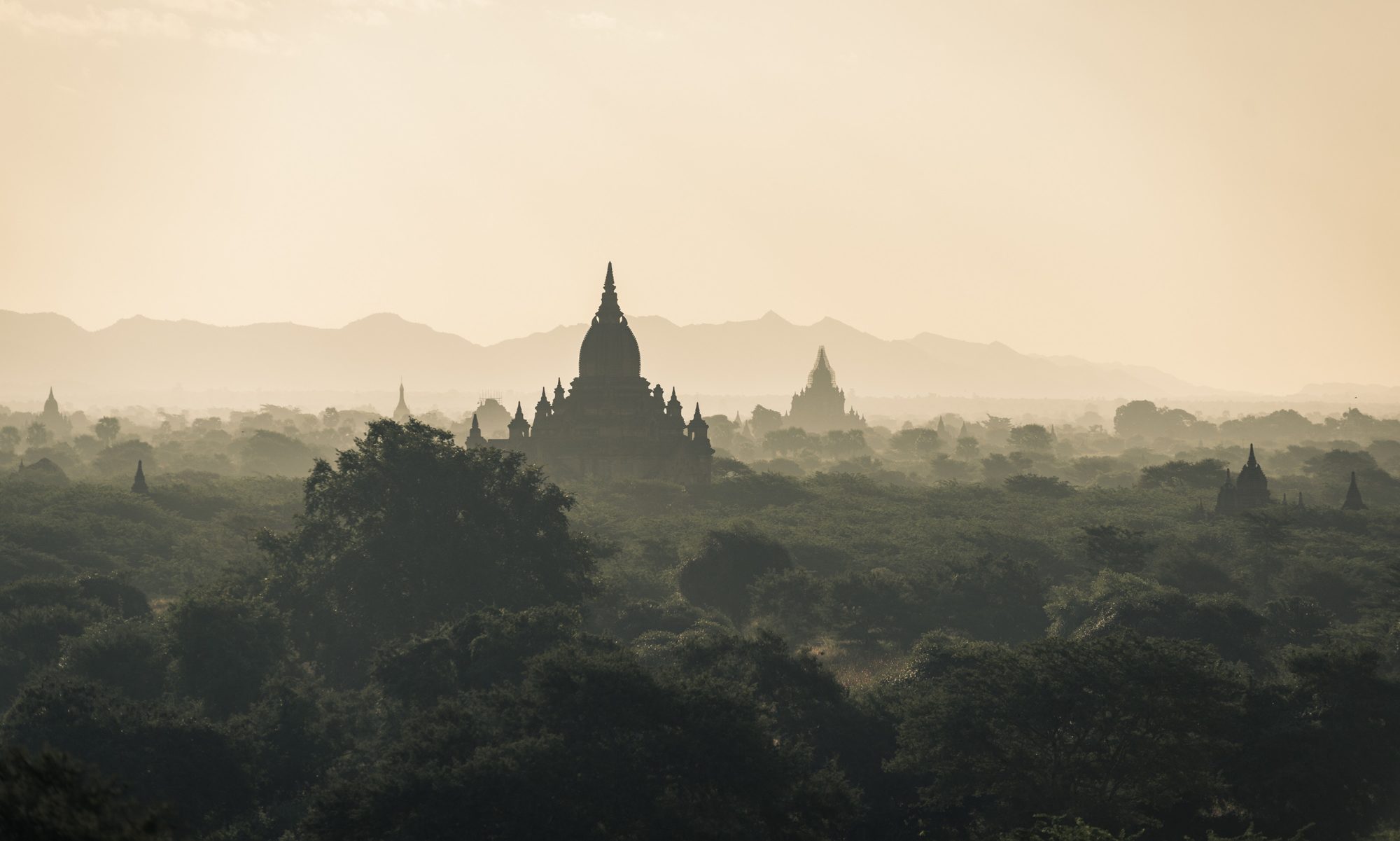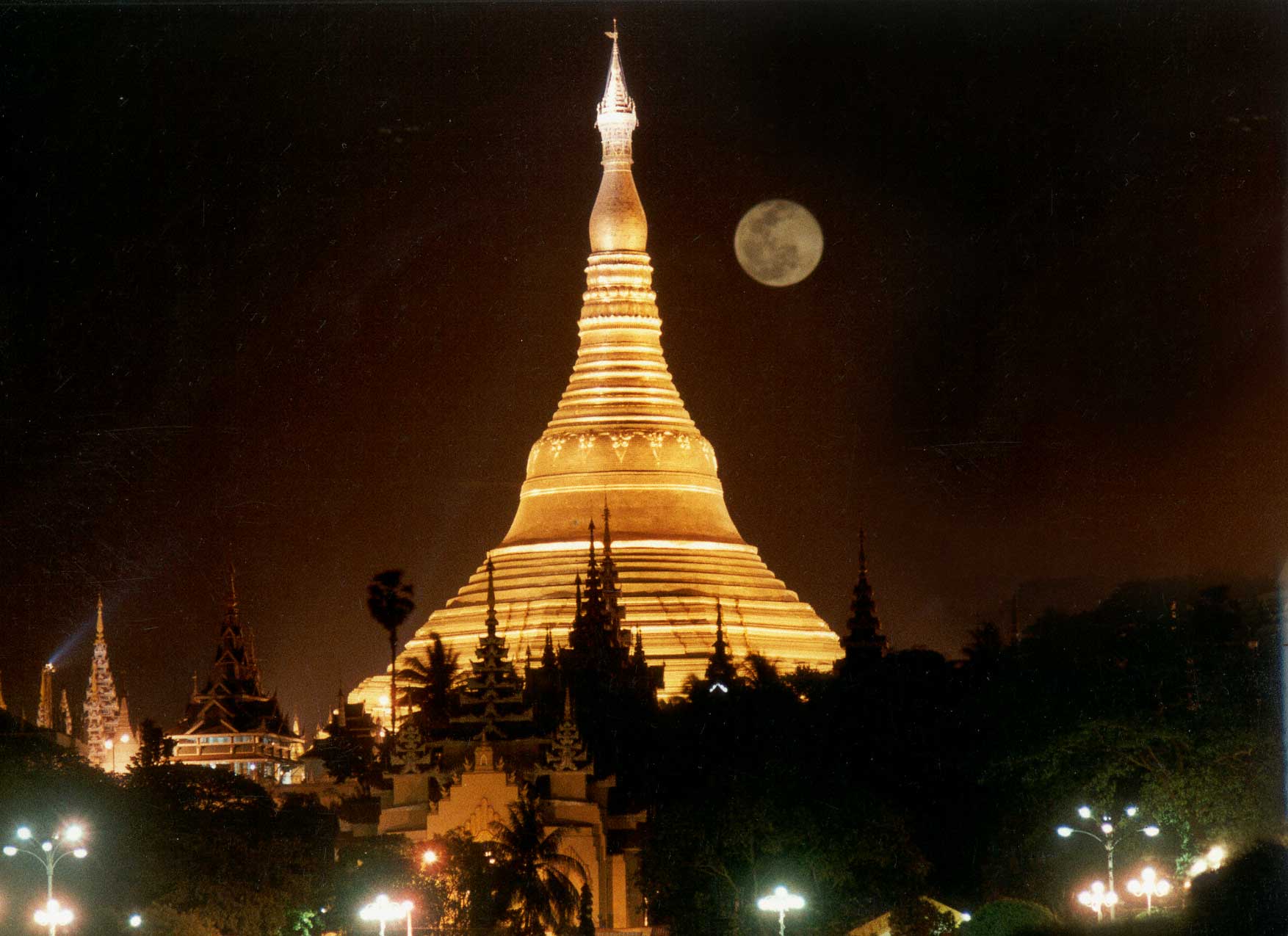As you set foot in Myanmar the first thing you feel is the peace and surrounding serenity. It might initially be misconstrued , but soon one realizes that this is a mystical place, beckoning those looking for a soul stirring experience. Around 3 million tourists are expected to visit Myanmar in 2014, and many of them are not first time visitors. Is it just the untouched beauty of the place that attracts them? Partly yes, but the spiritually stirring experience is what they come to replicate. It is the land of Buddha, the abode of Theravada Buddhism for over a thousand years, and hence has won pseudonyms like ‘pilgrim’s paradise’, ‘spiritual haven’ and so on.
Across the length and breadth of the country, one finds hundreds of pagodas, chedis and monasteries, that house monks and nuns, and serve as educational institutions and sanctuaries for meditation where many locals spend a few days each year as monks, cut off from the world.
The epicenter of the spiritual journey is the all imposing Shwedagone Pagoda in the center of Yangon. It is the single largest tourist destination in the country and lures people not just with its golden beauty, but also with its ambiance of peace and calm, which actually penetrates deep, and one experiences a bond with all that is pure and sacred.
Yangon may be the country’s commercial capital, and more abuzz with activity than other cities and towns, but even then, there is an air of serenity, with smiling gentle locals ever ready to help despite language barriers, the mind soothing sight of monks each morning, and people going about their business quietly, and even vehicular traffic moving almost noiselessly.
Everywhere you turn, the tapering dome of a pagoda gold or white, catches the eye. Besides the Shwedagone pagoda, there are so many others in Yangon itself like the Sule pagoda, the Kaba Aye pagoda, Botataung, Chaukhtatgyi, Ngahtatgyi, Maha Wizaya, Kohtatgyi and Maha Pasana pagodas. The number of monasteries with their own chedis adds to the charm of the city. All these structures are architectural marvels with elaborate and intricate carving, liberal use of pure teak wood and gold leaf and paint.
However, it is not just these places of prayer, relics of Buddha and monasteries that define the spiritual experience. It is as much the attitude of the people, as yet relatively unexposed to modern ways, the concept of prayer and medication followed by them, the habit of meditation retreats, and a calm, peaceful way of life that transform the air and feel of the city. One can sit for hours in the Shwedagone Pagoda that is crowded at all times, but still so quiet. It is almost an evening or weekend ritual of the locals to spend evenings there.
The lakes and the scenic beauty, besides the lush greenery all around, soothes the mind and provokes purer thoughts, and there is time to introspect, which is impossible while walking down the streets of Bangkok or Singapore. There is no rush, no hurry, nothing to create anxiety, and one feels far removed from the world of materialism, ambition, targets and tangible results, even as the focus becomes the inner being. There is something in the air, that transforms the way we think and feel, and peace penetrates our soul.

